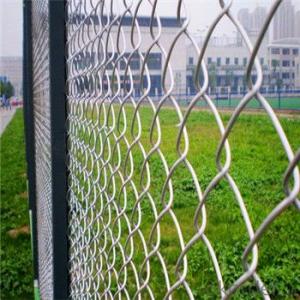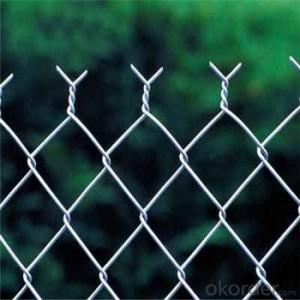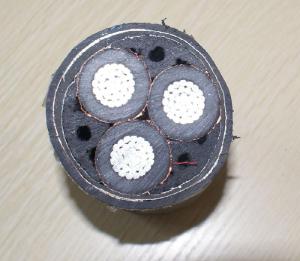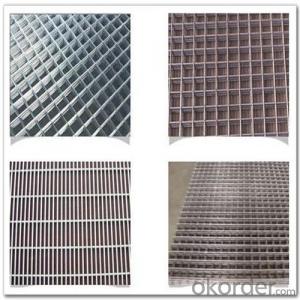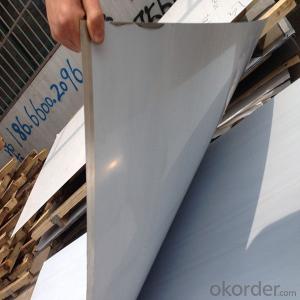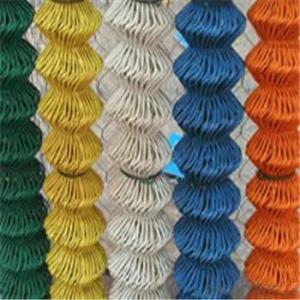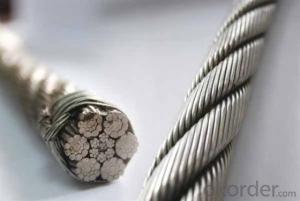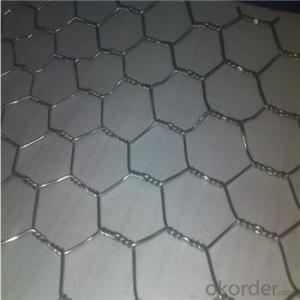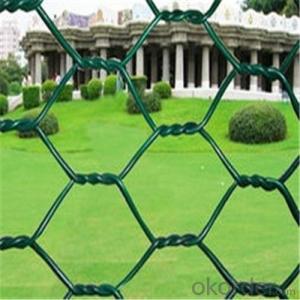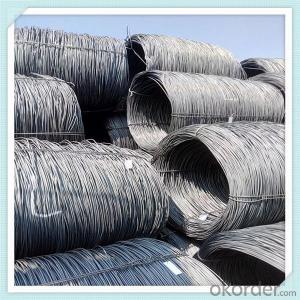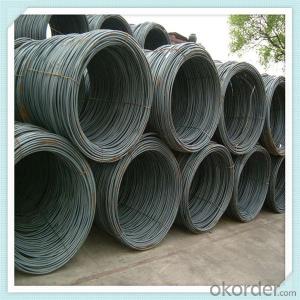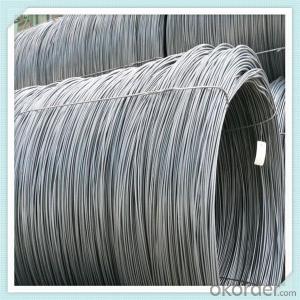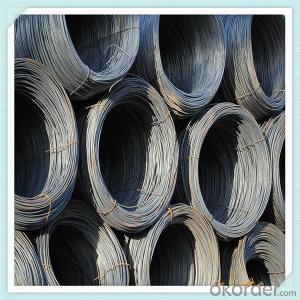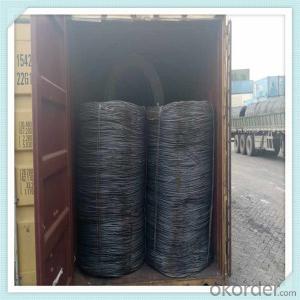1Mm Steel Wire
1Mm Steel Wire Related Searches
Best Paint For Stainless Steel Blanket Insulation For Steel Buildings Primer For Galvanized Steel Foam Filter For Stainless Steel H S Code For Stainless Steel Surface Grinding Wheels For Stainless Steel Surface Grinding Wheels For Hardened Steel Hole Saw For Stainless Steel Paint For Stainless Steel Stainless Steel For BbqHot Searches
Steel Mesh Panels For Sale Price For Stainless Steel Scrap Scrap Price For Stainless Steel Price For Stainless Steel Stainless Steel Tank For Sale Stainless Steel Sheets For Sale Cheap High Tea Sets For Sale Stainless Steel Tanks For Sale Stainless Steel For Sale High Density Fiberboard For Sale Solar Hot Water Collectors For Sale Scaffolding For Sale In Uae Scaffolding For Sale In Ireland Scaffolding For Sale In Houston Type Of Inverter For Solar Price Of Shipping Containers For Sale Types Of Inverter For Solar Stock Price For Aluminum Used Solar Inverter For Sale Steel Mesh Panels For Sale1Mm Steel Wire Supplier & Manufacturer from China
Okorder.com is a professional 1Mm Steel Wire supplier & manufacturer, offers integrated one-stop services including real-time quoting and online cargo tracking. We are funded by CNBM Group, a Fortune 500 enterprise and the largest 1Mm Steel Wire firm in China.Hot Products
FAQ
- Steel wire rod serves as a crucial element in the creation of wire forms for jewelry findings. It acts as the primary raw material that can be shaped and sized into different wire forms. The initial step in utilizing steel wire rod for jewelry findings involves determining the desired diameter and length of the wire. This is a crucial factor as it determines the strength and flexibility of the final product. Once the specifications are established, the steel wire rod is divided into smaller sections, which are then straightened and polished. After the initial preparation, the wire rod is molded and manipulated using specialized tools and techniques. For instance, it can be bent, twisted, or coiled to form various wire forms like jump rings, ear wires, clasps, and connectors. These wire forms play an essential role in holding jewelry pieces together. Using steel wire rod in the manufacturing process of wire forms for jewelry findings offers numerous benefits. Firstly, steel is a durable and robust material, providing strength and stability to the end product. This ensures that the wire forms can endure everyday wear and tear. Additionally, steel wire rod is resistant to corrosion, making it suitable for creating long-lasting jewelry pieces. Furthermore, steel wire rod allows for a wide range of design possibilities. It is highly malleable and can be easily shaped into intricate patterns and designs, adding aesthetic appeal to the jewelry findings. The versatility of steel wire rod enables jewelry designers to create unique and personalized wire forms that cater to individual preferences. In conclusion, steel wire rod is an indispensable component in the production of wire forms for jewelry findings. Its strength, durability, resistance to corrosion, and malleability make it an ideal material for crafting various wire forms like jump rings, ear wires, clasps, and connectors. By utilizing steel wire rod, jewelry manufacturers can create high-quality and visually pleasing jewelry findings that enhance the overall design and functionality of jewelry pieces.
- Steel wire rod is an essential component in the manufacturing of wire forms for aerospace applications. It is primarily used as the raw material for wire drawing, where it undergoes a series of processes to transform it into wire forms with specific dimensions and characteristics. The first step in the manufacturing process is to select high-quality steel wire rod that meets stringent aerospace industry standards. This ensures that the wire forms possess the necessary strength, durability, and resistance to corrosion required for aerospace applications. Once the appropriate steel wire rod is obtained, it is fed through a series of dies in a wire drawing machine. This process involves pulling the wire rod through progressively smaller dies to reduce its diameter and increase its length. The wire drawing process not only shapes the wire but also refines its microstructure, resulting in improved mechanical properties. After wire drawing, the steel wire is further processed depending on the specific requirements of the wire forms. It can undergo additional treatments such as heat treatment, surface coating, or plating to enhance its performance and meet the stringent standards of the aerospace industry. The wire forms manufactured from steel wire rod find a wide range of applications in the aerospace sector. They are used in the production of aircraft components like springs, fasteners, connectors, wire harnesses, and control cables. These wire forms play a crucial role in ensuring the structural integrity, functionality, and safety of various aerospace systems. The use of steel wire rod in the manufacturing of wire forms for aerospace applications offers numerous advantages. Steel is known for its high strength-to-weight ratio, excellent fatigue resistance, and good electrical conductivity. These properties make steel wire forms ideal for withstanding the demanding conditions experienced in the aerospace industry. In conclusion, steel wire rod is a crucial raw material in the manufacturing of wire forms for aerospace applications. Its transformation through processes like wire drawing and additional treatments results in wire forms with the necessary properties to meet the stringent requirements of the aerospace industry. These wire forms contribute significantly to the structural integrity and functionality of various aerospace systems.
- The manufacturing of electrical conductors heavily relies on steel wire rods, which serve as a vital component. These rods are primarily utilized as the primary material for creating top-notch wires that find application in diverse electrical fields. Initially, steel wire rods undergo a series of processes to enhance their properties and make them suitable for electrical conduction. These processes usually involve cleaning, heating, and rolling. Cleaning eradicates any impurities or contaminants present on the rods' surface, while heating ensures that the steel becomes malleable, facilitating shaping. Rolling encompasses passing the rods through a set of rollers to achieve the desired shape and diameter. Once the steel wire rods are processed, they undergo further transformation into wires through a process called drawing. During this process, the rods are drawn through a series of dies, gradually reducing their diameter and increasing their length. Consequently, a long, continuous wire with a uniform diameter is formed. The wire resulting from steel wire rods boasts high conductivity and exceptional mechanical strength, rendering it suitable for various electrical applications. These wires are commonly employed in the production of power cables, electrical cables, and wiring harnesses. Functioning as the principal conductor, they facilitate the flow of electric current from one point to another. Furthermore, steel wire rods are also utilized in the production of stranded conductors. This process involves twisting together multiple steel wires to create a single conductor. Stranded conductors offer enhanced flexibility and mechanical durability, making them ideal for applications that necessitate frequent movement or bending, such as electrical appliances or automotive wiring. In conclusion, steel wire rods play a pivotal role in the manufacture of electrical conductors. Their conversion into high-quality wires establishes the groundwork for the production of a wide array of electrical components utilized across various industries.
- Steel wire rod is used in the manufacturing of wire rope clips as the main material for creating the clips themselves. The wire rod is shaped and formed into the specific design of the clip, ensuring strength and durability. Additionally, the steel wire rod undergoes various processes such as heat treatment, galvanization, or coating to enhance its corrosion resistance properties, making it suitable for use in wire rope clips that are exposed to harsh environments.
- The diameter of a steel wire rod is typically measured using a specialized tool called a micrometer. This tool allows for precise measurement of the wire's diameter by capturing the wire between its jaws and providing an accurate reading on a calibrated scale.
- Steel wire rod is used in the manufacturing of wire rope winches as the primary material for the wire rope itself. The steel wire rod is first drawn and shaped to form individual wires, which are then twisted or braided together to create the high-strength wire rope. This wire rope is then incorporated into the winch, providing the necessary tensile strength and durability to handle heavy loads and perform lifting or pulling tasks effectively.
- Steel wire rod can be classified based on its surface condition into three main categories: 1) bright or untreated surface, 2) coated or galvanized surface, and 3) coated and drawn surface. 1) Bright or untreated surface: This refers to steel wire rod that has not undergone any surface treatment or coating. It has a clean and smooth surface, free from any contaminants or oxidation. Bright steel wire rod is commonly used in applications where a clean appearance or high conductivity is required, such as in the manufacturing of electrical wires, cables, and springs. 2) Coated or galvanized surface: Steel wire rod with a coated surface has been treated with a protective layer, typically through galvanization or coating with zinc, to enhance its corrosion resistance. This coating acts as a barrier against moisture and other corrosive elements, making the wire rod suitable for outdoor applications or environments with high humidity or exposure to chemicals. Coated steel wire rod is commonly used in construction, fencing, and automotive industries. 3) Coated and drawn surface: This refers to steel wire rod that has undergone both a coating and a drawing process. The coating is applied to the wire rod before it is drawn through a series of dies to reduce its diameter and increase its tensile strength. This process results in a smooth and uniform surface, with improved mechanical properties. Coated and drawn steel wire rod is commonly used in high-strength wire applications, such as wire ropes, tire reinforcement, and suspension springs. In summary, the classification of steel wire rod based on its surface condition helps to determine its suitability for different applications, taking into account factors such as corrosion resistance, conductivity, appearance, and mechanical properties.
- The major players in the global steel wire rod market include ArcelorMittal, Nippon Steel Corporation, Tata Steel Ltd., POSCO, JFE Steel Corporation, Nucor Corporation, Steel Authority of India Limited (SAIL), EVRAZ plc, Gerdau S.A., and Sohar Steel LLC. These companies are leading manufacturers and suppliers of steel wire rod, which is widely used in various industries such as construction, automotive, and manufacturing. They have a strong presence in key markets across the globe and have a significant share in the global steel wire rod market. These major players often invest in research and development to develop innovative products and improve their production processes, ensuring their competitiveness in the market. They also focus on strategic partnerships, acquisitions, and expansions to expand their market reach and strengthen their position in the global steel wire rod market.


















